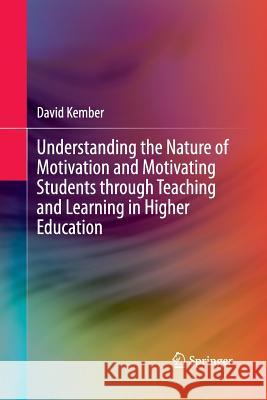Understanding the Nature of Motivation and Motivating Students Through Teaching and Learning in Higher Education » książka
topmenu
Understanding the Nature of Motivation and Motivating Students Through Teaching and Learning in Higher Education
ISBN-13: 9789811012471 / Angielski / Miękka / 2016 / 153 str.
Understanding the Nature of Motivation and Motivating Students Through Teaching and Learning in Higher Education
ISBN-13: 9789811012471 / Angielski / Miękka / 2016 / 153 str.
cena 201,24
(netto: 191,66 VAT: 5%)
Najniższa cena z 30 dni: 192,74
(netto: 191,66 VAT: 5%)
Najniższa cena z 30 dni: 192,74
Termin realizacji zamówienia:
ok. 22 dni roboczych.
ok. 22 dni roboczych.
Darmowa dostawa!
Kategorie:
Kategorie BISAC:
Wydawca:
Springer
Seria wydawnicza:
Język:
Angielski
ISBN-13:
9789811012471
Rok wydania:
2016
Wydanie:
Softcover Repri
Ilość stron:
153
Waga:
0.24 kg
Wymiary:
23.39 x 15.6 x 0.91
Oprawa:
Miękka
Wolumenów:
01
Dodatkowe informacje:
Wydanie ilustrowane











